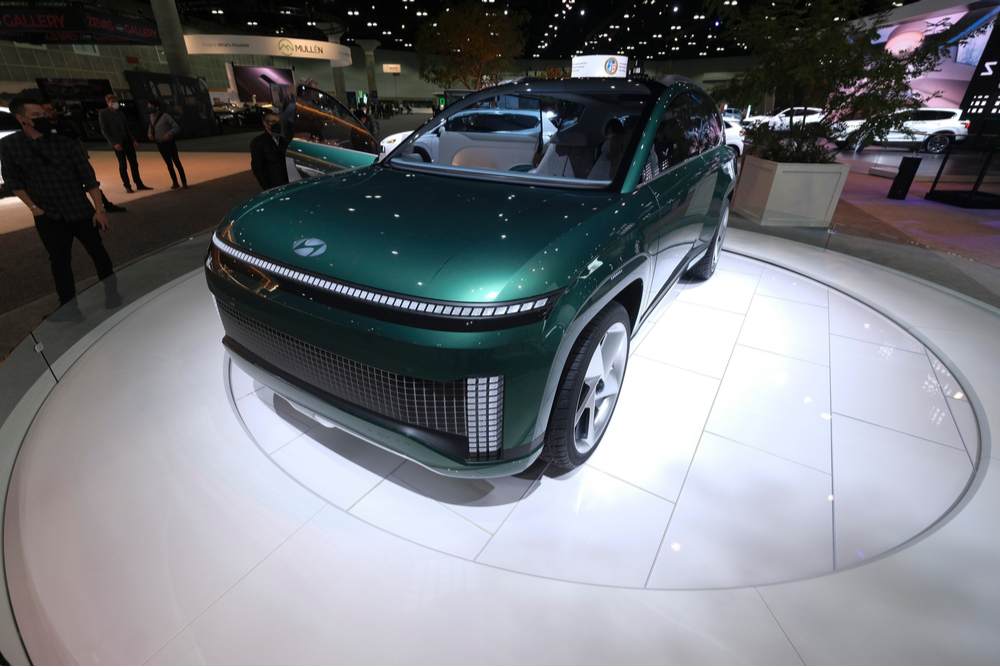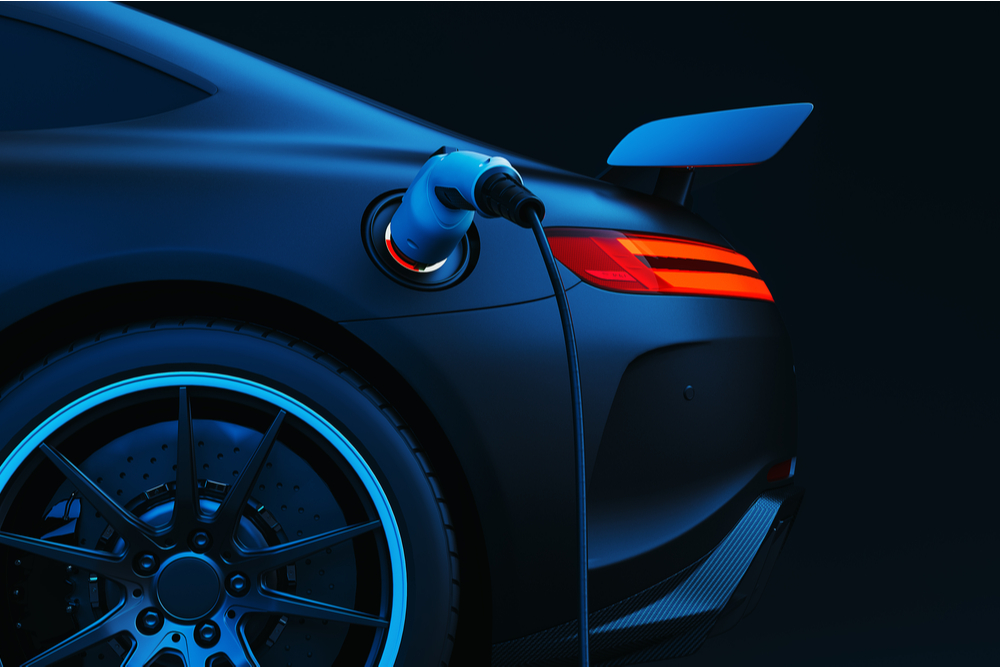Electronics veteran Siobhán Ní Chofaigh outlines how a perfect storm in chip supply is impacting the mass production of cars and hitting your wallet.
I’m in the market for a new car. The last car I bought is now 12 years old and has over 450,000km on the clock. I had originally thought of replacing it with a one-to-two year-old one, given the fact that cars lose 30% of their value in the first two years. But that hasn’t been true in the last 18 months or so.
New cars are taking six months or more to deliver, and many second-hand cars are increasing in value with age, like a good wine. Scarcity is how luxury goods keep their prices and value, but this was never expected to be the case for your everyday car. The Covid pandemic and a number of other events have led us to a perfect storm of scarcity in the mass production of cars.
“A greater demand for second hand cars will reduce the number of trade-ins, meaning there is less room to negotiate for better pricing”
First, just a little bit of tech. Semiconductors (also known as chips, ICs, microcircuits, and microchips) are all over cars. They control the windows, heating, engine management and much more. Your average car has about 3,000 chips in it. A large proportion of these are manufactured in Taiwan. Their plants and foundries produce roughly 53% of the global semiconductor market.
Timeline to chip shortage
The timeline to today’s issues runs something like this;
- 2018 – The US- China trade war caused raw material shortages, and this affected production of the wafers.
- 2019 – The Japan- Korea trade war added further supply issues by restricting material from Japan needed to manufacture chips in Korea.
- 2020 – Covid hits and manufacturing struggles with shutdowns. Auto manufacturers cut production due to shortage of chips and the staffing issues. ABF (Ajinomoto build-up film), a substrate used to make microcircuits also saw huge growth in usage, and thus shortages started.
- July 2020 a fire occurred in the Japanese manufacturer of ABF substrates, Nittobo, worsening the supply situation. The effect was expected to last untl late 2021.
- November 2020 – A major sensor manufacturer, Asahi Kasei Microdevices (AKM), in Japan also experienced a factory fire, causing major disruption and leading to customers stockpiling alternative sensors .
- February 2021- Renesas, Japan experienced an earthquake which disrupted production and had a slight effect on production.
- February 2021 – In Texas,winter storms and blackouts caused outages in 3 major silicon plants NXP, IFX & Samsung.
- March 2021 – Renesas, Japan and another fire. The fire damaged a significant amount of wafers used in automotive chips.
- May 2021 – A five-month long drought in Taiwan further delays market recovery
So by late 2021 semiconductor shortages were caused by a mixture of trade wars, Covid, strategic errors by large scale users such as auto manufacturers, stockpiling, climate issues and man made errors in factories. Couple this with the report by Wired magazine that the demand for semiconductors between Aug 2020 to 2021 grew by 30% due to increased demand for TVs, IT equipment, and other devices used in the home as we spent more time locked down.
Chip supply is thought to be about 90% of market demand, not bad you think. But consumer and IT equipment is about 90%of the market need, and automotive manufacturers make up 10%. When the auto manufacturers cancelled their orders, they went back to the end of the queue. They were left with no leverage to move up the line.
By January 2022, the industry was confident that the worst was over, and more fabs (where wafers are made) planned in Europe and the US – reducing the dependence on China and Asia
The consensus was that if we could get through 2022, the market would be on the home stretch.
C’est la guerre
And then in March 2022, Russia invaded Ukraine. While it is a human tragedy, and that can’t be understated, there are global supply ramifications. The wafers problem was about to be solved, but semiconductors are also made up of minerals, one of which is palladium.
- Russia supplies 33% of the palladium market. Palladium, as mentioned above, is a key ingredient in semiconductors, and also an important metal for catalytic converters. Palladium prices are rising, as are other rare metals.
- Russia and Ukraine are both major suppliers of neon gas. This is used in the lithography processes for chip production.
- Ukraine is also a key supplier of cable harnesses for the automotive industry.
- Shipping and airspace restrictions are putting further pressure on the transportation side of the supply chain.
It is predicted that just initial impacts of war could reduce vehicle production by 1.5 million units globally, and that is considered optimistic.
Consumer’s perspective
A greater demand for second hand cars will reduce the number of trade-ins, meaning there is less room to negotiate for better pricing. This is why we have seen second car prices rising over 30% in the last 18 months.
If you do lay your hands on a new car, it may have less features. So where do we go from here? I asked a semiconductor expert for his take on this. Will the US, EU semiconductor strategy in building new fabs outside of Taiwan help improve the market supply?
“Not anytime soon. Building and equipping a new fab is a two-to-four year lead in, and a lot of the investment is being driven to higher technology devices (<10nm), which is wonderful for your mobile phone but not a lot of use for your folding mirrors, which don’t need state of the art parts.
“So we’ll see improvements, and the supply will catch up on demand, but for some of the catch up, it will be a result of companies going out of business and demand slumping, due to costs.
“Oh! And when everything “normalises” don’t forget the depreciation will be higher than planned on your new car so watch the PCP agreements!”
So what do you do from here? I bought the new car, even though the mirrors don’t fold. If your car has a few more years in it, perhaps make friends with your local mechanic, and hold tight for the next few years.




